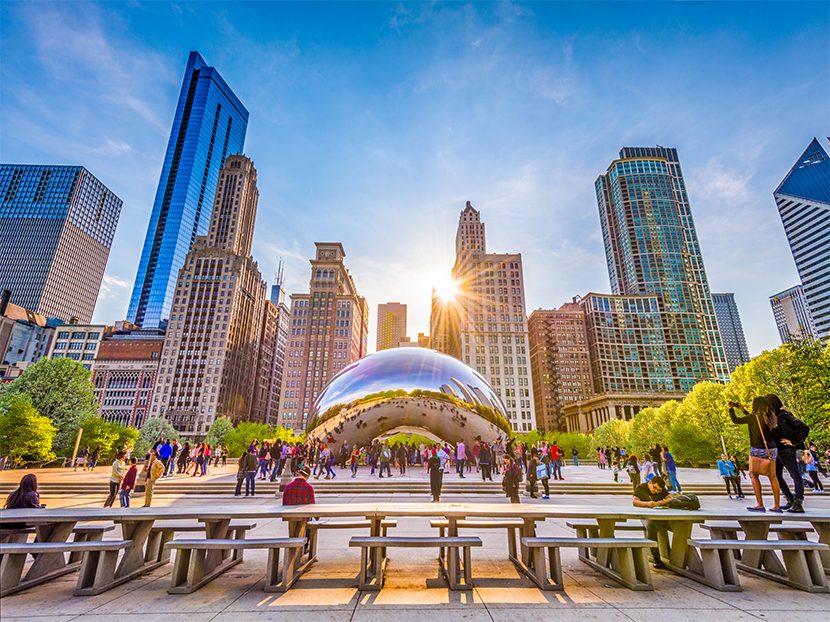Chicago Introduces First New Building Code in 70 Years

Chicago Mayor Rahm Emanuel and the Department of Buildings introduced to City Council a major update to the Chicago Building Code to better align the City’s construction requirements with up-to-date model codes and national standards. The new code represents the first comprehensive revisions to the building code in 70 years and will reduce barriers to cost-effective construction by expanding options to design and build with a wider range of materials and technologies.
“Being a world-class city and attracting the talent and businesses that keep our economy growing requires that Chicago is at the top of national standards from the ground up,” said Mayor Emanuel. “We are modernizing our building code for the 21st Century to advance sustainability, make construction more cost-effective and continue our city’s reputation for innovative design and world-renowned architecture.”
The proposed new code will improve, enhance and spur new building projects of all sizes in neighborhoods throughout Chicago. It will further streamline the permitting process and add more flexibility and options for construction materials, while maintaining many of the unique life safety features of the existing Chicago Building Code. This can bring down the cost of new construction and building rehabs in Chicago including single-family homes, affordable housing units, two- and three flat buildings or office space. In being more closely aligned with model codes and national standards, the new code will promote greater use of green technologies and best practices for sustainable building design and construction.
Though there have been several modifications to the Chicago Building Code over the years, the last comprehensive revisions to the code were adopted in 1949. The proposed code update moves Chicago closer to national standards in several significant areas including building planning, fire and life safety, enclosures and materials, structural, small residential and rehabilitation of existing buildings.
More specifically, the updated code will:
For over a year, the Department of Buildings has worked closely with the Chicago Fire Department and other City departments along with more than 150 volunteer technical experts and industry leaders to review and refine several drafts of the Chicago Building Code.
“From the beginning of this monumental effort we’ve led a consensus-based approach and worked together with a wide-variety of stakeholders to better align Chicago’s building code with model codes and standards,” said Building Commissioner Judy Frydland. “This accomplishment would not have been possible if not for the time and resources that were volunteered by so many within Chicago’s design, construction and development communities.”
The code modernization ordinance is based on the latest editions of the International Building Code for new construction and International Existing Building Code for rehab of existing buildings. A significant part of revising the Chicago Building Code involved adopting the common terminology and format used in other major U.S. jurisdictions. This will make it easier for all architects, designers and builders to understand Chicago’s requirements. In addition, the code will be easier to keep up-to-date going forward as national standards are changed or refined.
Similar to the new Electrical Code and Elevator Code that were successfully implemented last year, the proposed Building Code retains several requirements in the existing code that have enhanced building safety in Chicago’s unique local conditions and urban density such as stricter limits on the use of combustible materials in larger buildings.
The proposed changes will be phased in gradually, beginning June 1 and completely replacing the current Building Code by August 1, 2020. During the implementation period, the Department of Buildings will continue to work with a wide range of stakeholders to ensure a smooth transition.




